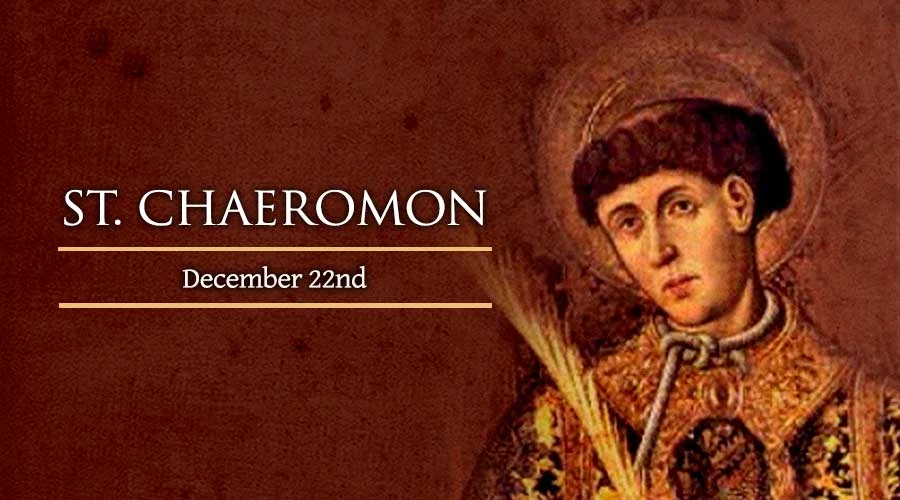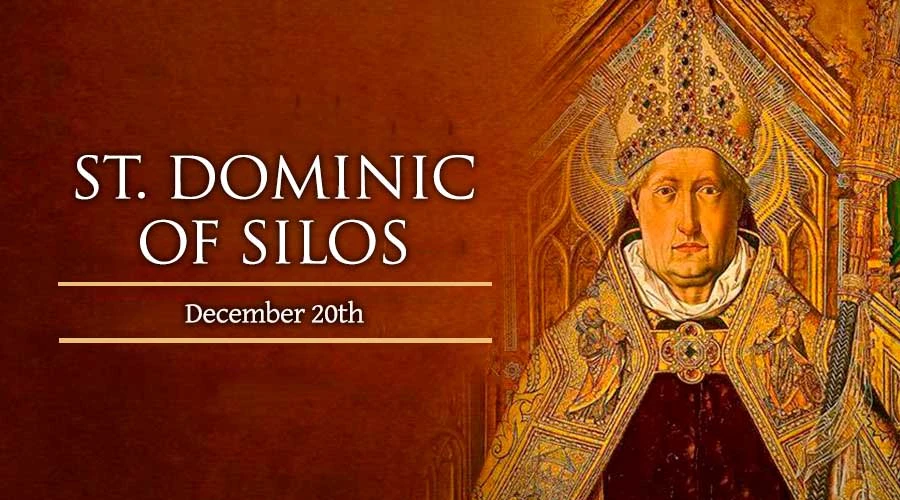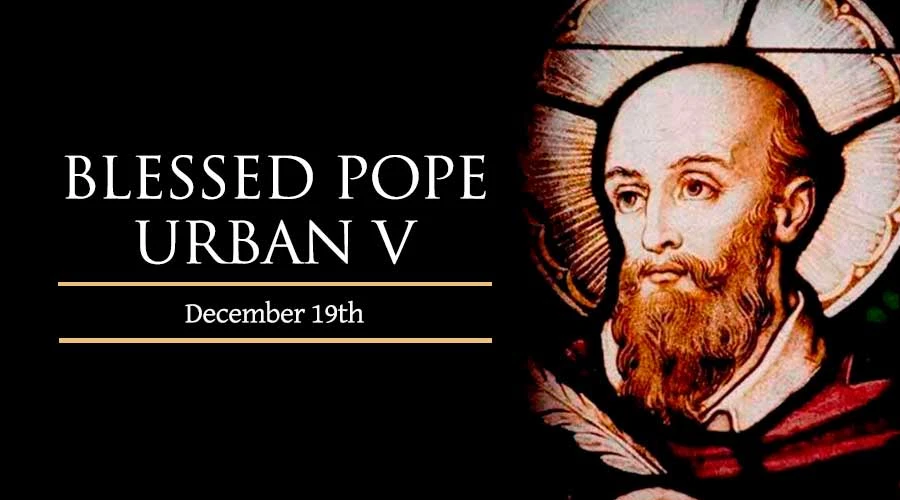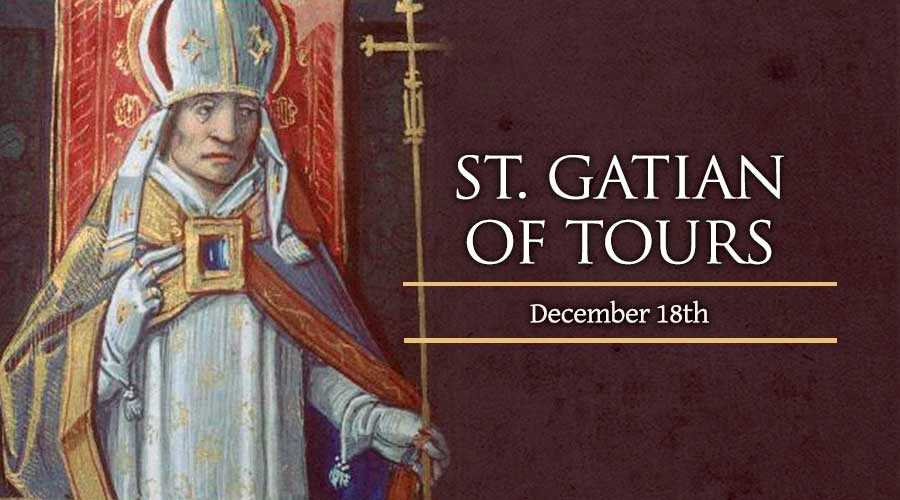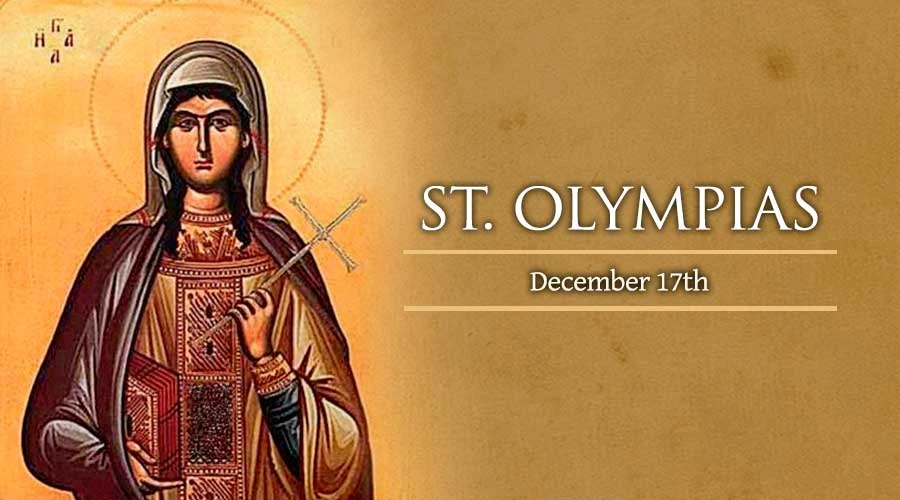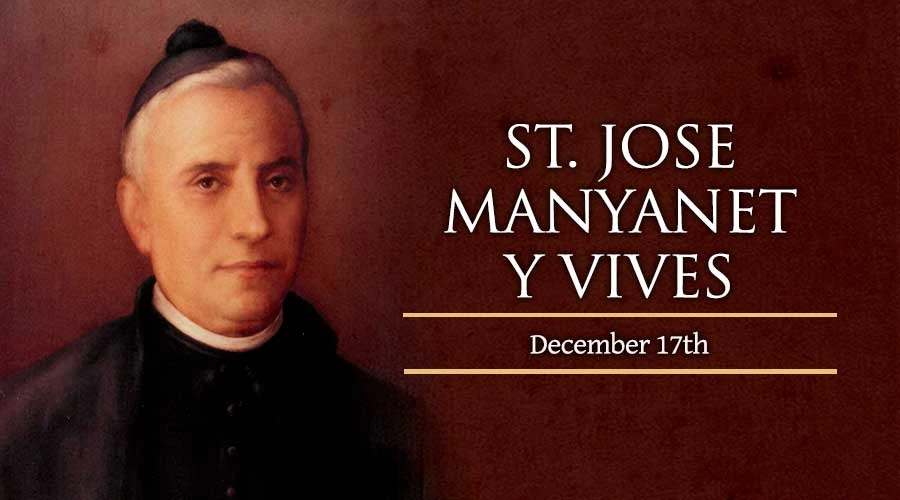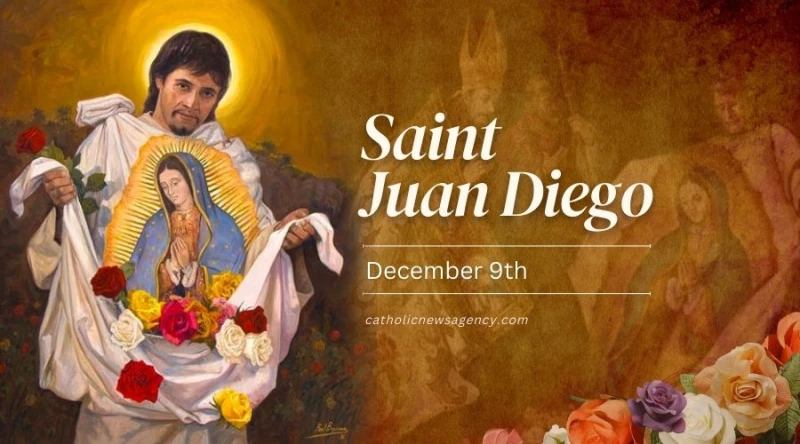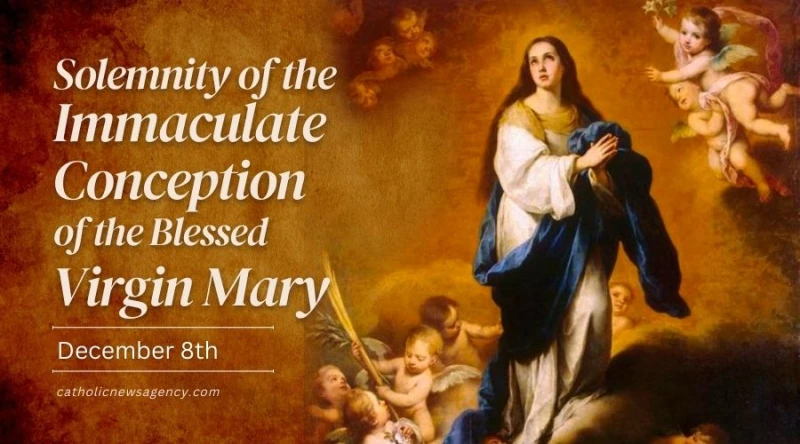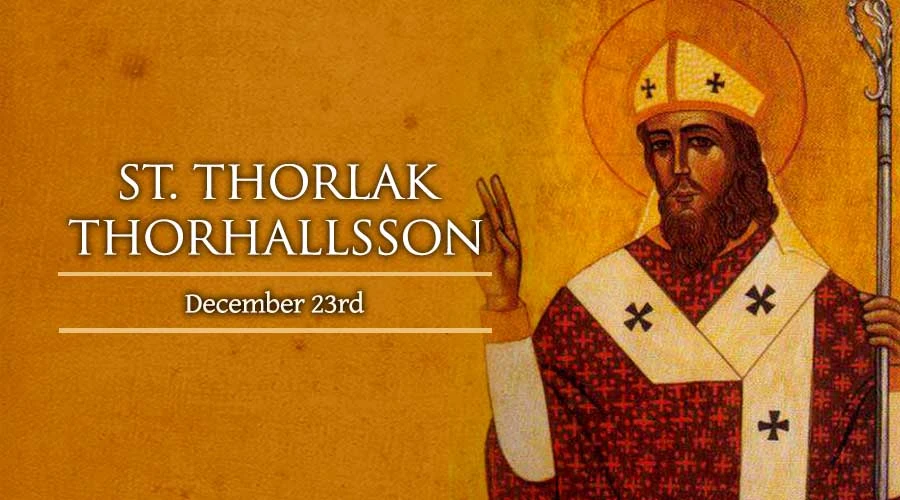
The Scandinavian island nation of Iceland celebrates its national patron, St. Thorlak Thorhallsson, on Dec. 23.
Although Iceland’s national assembly declared him a saint in 1198, only five years after his death, this “unofficial” canonization did not become an official part of the Church’s liturgical calendar until Pope John Paul II confirmed him as the country’s patron in January 1984.
Thorlak was born in 1133, less than two centuries after German and Norwegian missionaries began the first effective evangelization of Iceland. The pagan nation’s conversion had involved a dramatic national struggle, as many Icelanders clung fiercely to their ancestral religion despite its customs of idol worship and infanticide.
The Catholic Church in Iceland had solidly established its presence by the time of Thorlak’s birth. However, it had fallen into some disarray, particularly due to local clergy disregarding the rule of clerical celibacy, selling church positions for personal gain, and engaging in other breaches of discipline.
Thorlak’s parents, barely able to earn a living as farmers, took note of their son’s talents and made sure he received extensive religious instruction from a local priest. His gifts must have attracted wider notice, since Thorlak received ordination as a deacon before the age of 15 and became a priest at age 18.
Afterward, he left Iceland for a period of time to study theology in France and possibly England. During this time he committed himself to living by the monastic rule of St. Augustine, an important part of the Western Church’s tradition. This rule committed a priest not only to celibacy, but also to a life in community without personal possessions, after the manner of the apostles in the Church’s earliest days.
Inspired by this vision of radical discipleship, he held fast to the discipline of clerical celibacy, even after returning to Iceland and being pressured to marry a wealthy widow. Instead, he ended up founding a monastery according to the Augustinian rule, which became renowned as a place of prayer and study.
Ten years after the founding of the monastery, the Norwegian Archbishop Augustine Erlendsson, another follower of the ancient Augustinian rule of life, called on Thorlak to become bishop of the Icelandic diocese of Skalholt. Although he was deeply attached to his monastic way of life, Thorlak recognized the pressing need for reform and guidance among the clergy.
As a bishop, he was deeply dedicated to implementing the reforms of the Western Church that Pope Gregory VII had begun during the past century, which envisioned not only a strict discipline of clerical celibacy, but also the independence of the Church against intrusion by secular authorities.
Thorlak also sought to improve public morality, and dared to confront even the most popular and powerful chieftain in Iceland, who was said to have had an extramarital affair with the bishop’s own sister. Understandably, he often longed to put aside these kinds of burdens and return to the monastic life.
Before he could do so, he died on December 23, 1193.
St. Thorlak was undoubtedly Iceland’s most popular native saint during the country’s Catholic period. Over 50 churches were dedicated to his memory before Iceland became officially Lutheran during the 16th century.
Today, St. Thorlak’s former diocese of Skalholt is a part of the Diocese of Reykjavik, which was only established in its present form in 1968.
Although the Catholic Church no longer has a large presence in Iceland, celebration of St. Thorlak’s feast has persisted as a widespread national custom. Icelanders celebrate on Dec. 23 as the final day of preparation before Christmas, and have maintained the custom of gathering to eat cured fish.
Daily Reading
Friday of the First Week in Ordinary Time
Reading I 1 Samuel 8:4-7, 10-22a All the elders of Israel came in a body to Samuel at Ramahand said to him, “Now that you are old,and your sons do…
Daily Meditation
Whole Again
Click here for daily readings “Which is easier, to say to the paralytic, ‘Your sins are forgiven,’ or to say, ‘Rise, pick up your mat, and walk’?” This is Christ’s…




